Decoding 612-815-5000: An In-Depth Analysis of Target Circle Recall Alerts and Customer Communication Trends for 2025
One such system involves the phone number 612-815-5000, which, over the past 60 days, has played a significant role in alerting Target Circle members about safety recalls related to products purchased on their accounts. In today’s fast-evolving retail landscape, effective customer communication is paramount—especially when it comes to urgent safety recalls. As businesses integrate advanced technologies to keep consumers informed, automated systems have become critical in delivering timely alerts.
This article delves into the data metrics associated with this number, explores the nuances of automated recall alerts, and examines why these calls are sometimes misclassified as spam or even political communications. Through a detailed analysis, we provide insights into current trends and best practices in customer communication for 2025, all while aligning with the needs of both UK and US audiences.
Understanding Target Circle and Its Safety Recall System
Target Circle, a loyalty program managed by Target, has revolutionized the way retailers interact with customers by providing personalized deals, rewards, and—most critically—safety notifications. When a safety recall is issued, it is vital that the information reaches the customer promptly to prevent potential harm. The system behind Target Circle leverages automated calls to inform members about active recalls on products they have purchased.
The Rationale Behind Automated Recall Alerts
Automated systems like the one using 612-815-5000 ensure that:
- Timeliness: Customers receive critical recall information as soon as it becomes available.
- Reach: Automated calls can reach a large number of consumers rapidly, regardless of geographic location.
- Efficiency: This approach reduces the need for manual outreach, freeing up resources for other important customer service functions.
- Trust: Delivering safety information through a dedicated channel reinforces the brand’s commitment to customer welfare.
Also read this blog post Understanding the Caller: Insights into 02 7922 9201.
Examining the Data Behind 612-815-5000
A closer look at the metrics over the last 60 days reveals valuable insights into the operational dynamics of the recall alert system. Below is a table summarizing the key data points:
| Aspect | Data |
|---|---|
| Calls Made | 228 |
| Spam Reports | 17 |
| Look-ups | 3,045 |
| Pick-up Rate | 28% |
| Top Countries Contacted | United States, India, Colombia |
| Usual Calling Time | Early Evening |
Detailed Breakdown
- Calls Made (228):
This figure represents the total number of recall alert calls generated by the system in the past two months. It highlights the proactive nature of the recall notification process, ensuring that customers are informed about potential hazards in a timely manner. - Spam Reports (17):
While 17 reports might seem low relative to the total number of calls, it raises important questions about misclassification. Some consumers might mistakenly label these urgent recall alerts as spam due to unfamiliarity with the system or because the caller ID does not immediately convey the critical nature of the call. - Look-ups (3,045):
A high number of look-ups indicates that there is significant public or automated interest in the phone number. Consumers or third-party systems are frequently checking the number, possibly to verify its legitimacy—a common behavior when dealing with unknown or unrecognized caller IDs. - Pick-up Rate (28%):
This metric shows that just over a quarter of the calls result in an actual connection. Although the pick-up rate may appear modest, it is important to consider that recall alerts are time-sensitive, and even reaching a fraction of customers can be critical in preventing safety risks. - Top Countries Contacted:
The data indicates that while the system is primarily used in the United States (where Target operates), there is also notable activity in India and Colombia. This could reflect international customer bases, supply chain partners, or regional call routing practices. - Usual Calling Time (Early Evening):
The timing of these calls is strategic. Early evening is a period when many consumers are likely to be at home, making it an optimal window for reaching people without interfering with work or other daytime activities.
The Importance of Accurate Communication in Safety Recalls
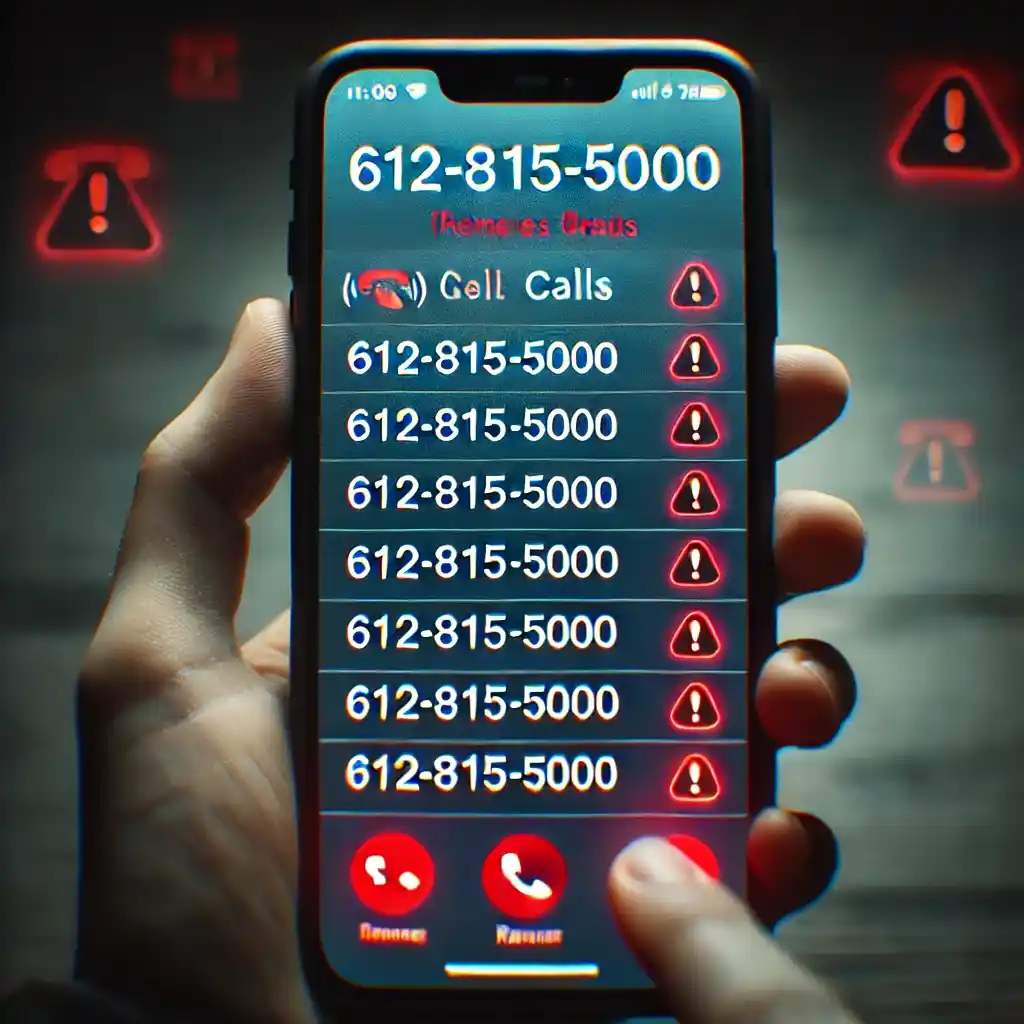
Effective communication during a product recall can be a matter of life and death. The primary goal of these alerts is not to market or promote but to ensure consumer safety. When a recall is issued, customers need to know:
- What product is affected
- The nature of the hazard
- The steps to take if they have purchased the product
- How to safely return or repair the product
Why Accuracy Matters
- Consumer Safety:
Timely and precise alerts can prevent injuries and health risks. In cases where products pose a serious hazard, the delay in receiving accurate information could lead to widespread harm. - Brand Trust:
When a company like Target demonstrates its commitment to safety by promptly notifying customers, it reinforces consumer trust. However, if these alerts are misclassified (for example, as political calls or spam), it might undermine confidence in the notification system. - Regulatory Compliance:
Retailers are often bound by regulatory requirements to communicate product recalls. Failing to do so accurately can lead to legal consequences and damage the company’s reputation. - Operational Efficiency:
Clear, well-structured communications ensure that customers understand the necessary actions to take, thereby reducing confusion and the subsequent need for customer support interventions.
Analyzing Customer Feedback and Misclassification Issues
Despite the critical nature of recall alerts, there has been a recurring issue with how these calls are tagged and perceived. Some customers have reported that they received a call about a recall of something they bought, yet it was labeled as political or spam. This misclassification can be attributed to several factors:
Causes of Misclassification
- Caller ID Confusion:
The phone number 612-815-5000 may not be immediately recognizable to all customers. In an age where scam calls and unsolicited marketing are rampant, even a legitimate call can be mistakenly flagged if the caller ID is unfamiliar. - Automated Systems and Tagging:
Automated tagging systems used by carriers and third-party applications may misinterpret the nature of the call. When a recall alert does not conform to expected patterns (e.g., generic marketing calls), it can sometimes be misclassified as political or spam. - Consumer Preconceptions:
In an era of heightened awareness about data security and privacy, some consumers are wary of any unsolicited call, regardless of its intent. This skepticism can lead to misreporting even when the alert is crucial.
Impact on Consumer Behavior
- Reluctance to Answer:
A pick-up rate of 28% suggests that many consumers may choose not to answer unknown numbers. This behavior, driven by previous negative experiences or misclassification, can hinder the effectiveness of recall alerts. - Negative Feedback Loop:
When calls are reported as spam—even if erroneously—it can trigger algorithmic changes in how future calls are categorized, potentially reducing the system’s overall efficiency. - Brand Perception Issues:
If customers repeatedly encounter misclassified recall alerts, they may begin to distrust the notification system, ultimately affecting their willingness to engage with future communications from the retailer.
Technological Advancements in Customer Alert Systems for 2025
Looking ahead to 2025, technological innovations promise to refine the way retailers manage and execute recall alerts. As automated communication systems evolve, there are several key trends on the horizon:
Enhanced Caller Identification
Future systems will likely incorporate dynamic caller ID technologies that adapt in real time to display recognizable names or messages. For instance, instead of simply showing a phone number, the display could indicate “Target Recall Alert” during an active recall. This immediate clarity would reduce the likelihood of misclassification and increase the pick-up rate.
Artificial Intelligence and Machine Learning
Artificial intelligence (AI) is set to play a major role in enhancing the precision of automated calls. AI algorithms can analyze historical data to predict the best times to call, personalize the message content, and even adjust the frequency of alerts based on consumer responsiveness. Machine learning models will continuously improve, reducing false positives in spam reporting and ensuring that recall alerts are delivered to the right audience.
Integration with Mobile Apps and Push Notifications
In addition to traditional phone calls, companies are increasingly integrating recall alerts into their mobile applications. For example, Target Circle’s app could send push notifications, SMS alerts, and even in-app messages that detail the recall information. This multi-channel approach ensures that if one method is overlooked, another is available to capture the consumer’s attention.
Improved Data Analytics and Feedback Loops
With advancements in data analytics, companies will be better equipped to understand the behavior of their customers. Detailed metrics—such as call pick-up rates, look-up frequencies, and consumer feedback—can be analyzed to fine-tune the alert system. Regular feedback loops will enable rapid adjustments to the communication strategy, ensuring that the system remains effective even as consumer habits evolve.
Strategies for Enhancing Trust and Response Rates
Given the challenges highlighted by the current metrics for 612-815-5000, businesses must adopt strategies that foster consumer trust and boost the effectiveness of recall alerts.
Clear and Consistent Messaging
The content of recall alerts should be unambiguous and direct. Messages must outline:
- The specific product affected
- The nature and potential risk of the defect or issue
- Detailed instructions for remedying the problem, whether it involves returning the product or seeking repairs
- Contact information for further support
Clear messaging reduces confusion and minimizes the risk of misclassification by both automated systems and consumers.
Leveraging Multi-Channel Communication
To overcome the limitations of automated phone calls alone, integrating multiple communication channels is essential. Retailers can combine voice calls with:
- SMS Alerts: Short, text-based messages that are less likely to be filtered as spam.
- Email Notifications: Detailed recall information can be sent via email, allowing customers to reference the information later.
- Mobile App Notifications: As mentioned, push notifications through dedicated apps can provide an additional layer of assurance.
Educating Consumers
A proactive approach involves educating customers about the nature of recall alerts. For instance:
- Pre-Alert Campaigns: Prior to issuing recall calls, retailers can use their website, social media, and email newsletters to inform customers about the upcoming communication method.
- FAQs and Support Pages: Providing detailed information on why calls from 612-815-5000 are legitimate can help mitigate concerns about spam or political mislabeling.
- Customer Service Training: Ensuring that customer support representatives are well-informed about the recall system can help them address consumer concerns and clarify any misunderstandings.
Collaboration with Telecommunication Providers
Working closely with telecom companies can help ensure that automated recall alerts are properly identified. By collaborating on caller ID recognition and filtering algorithms, retailers and telecom providers can minimize false spam reports and improve overall system reliability.
Global Implications and Regional Data Insights
The data indicates that while the system primarily serves the United States, significant interactions are also recorded in India and Colombia. These insights highlight the global nature of modern retail communication and the diverse challenges it presents.
United States: The Primary Market
In the US, where Target is headquartered and has its largest consumer base, ensuring that recall alerts are correctly delivered is critical. With high consumer expectations and stringent regulatory standards, any misstep can have far-reaching consequences—from legal repercussions to brand erosion.
India and Colombia: Emerging Trends
The presence of significant look-up and call activity from India and Colombia suggests several possibilities:
- International Customer Base: Target may have customers or partners in these regions, necessitating effective communication across borders.
- Outsourced Communication Services: Some call processing or customer support functions might be outsourced to these regions, explaining the data metrics.
- Global Supply Chains: In today’s interconnected economy, product recalls and safety alerts can have international implications. Ensuring that all relevant stakeholders are informed is essential for maintaining safety standards worldwide.
Retailers must adapt their communication strategies to address regional differences in consumer behavior, technological adoption, and regulatory environments. This might involve localizing messages or adjusting call times to align with regional time zones.
Future of Retail Communication and Customer Safety
As we approach 2025, the retail landscape is poised to undergo significant transformations, driven by rapid technological innovation and shifting consumer expectations. The evolution of automated recall alerts, like those issued from 612-815-5000, offers a glimpse into the future of customer communication.
Embracing Omnichannel Strategies
Retailers will increasingly adopt omnichannel communication strategies that integrate voice calls, mobile notifications, email, and social media. This multi-faceted approach not only ensures that safety alerts reach a wider audience but also provides redundancy—if one channel fails, another can deliver the critical message.
Personalized Communication Through Data Analytics
Advanced data analytics will empower retailers to craft personalized messages based on a customer’s purchase history, geographical location, and behavioral patterns. By tailoring the content and timing of recall alerts, companies can significantly improve response rates and ensure that the information resonates with each individual customer.
The Role of AI in Streamlining Operations
Artificial intelligence and machine learning will continue to refine the precision of communication systems. AI-driven algorithms will help predict the optimal calling times, filter out potential false positives in spam detection, and even analyze customer feedback in real time to make immediate improvements.
Enhancing Consumer Trust Through Transparency
Transparency in communication is paramount. Retailers that provide clear, honest, and consistent information will earn the trust of their customers. For recall alerts, this means not only delivering the message but also explaining the rationale behind it—helping consumers understand that these communications are a proactive measure designed for their safety.
Best Practices for Implementing an Effective Recall Alert System
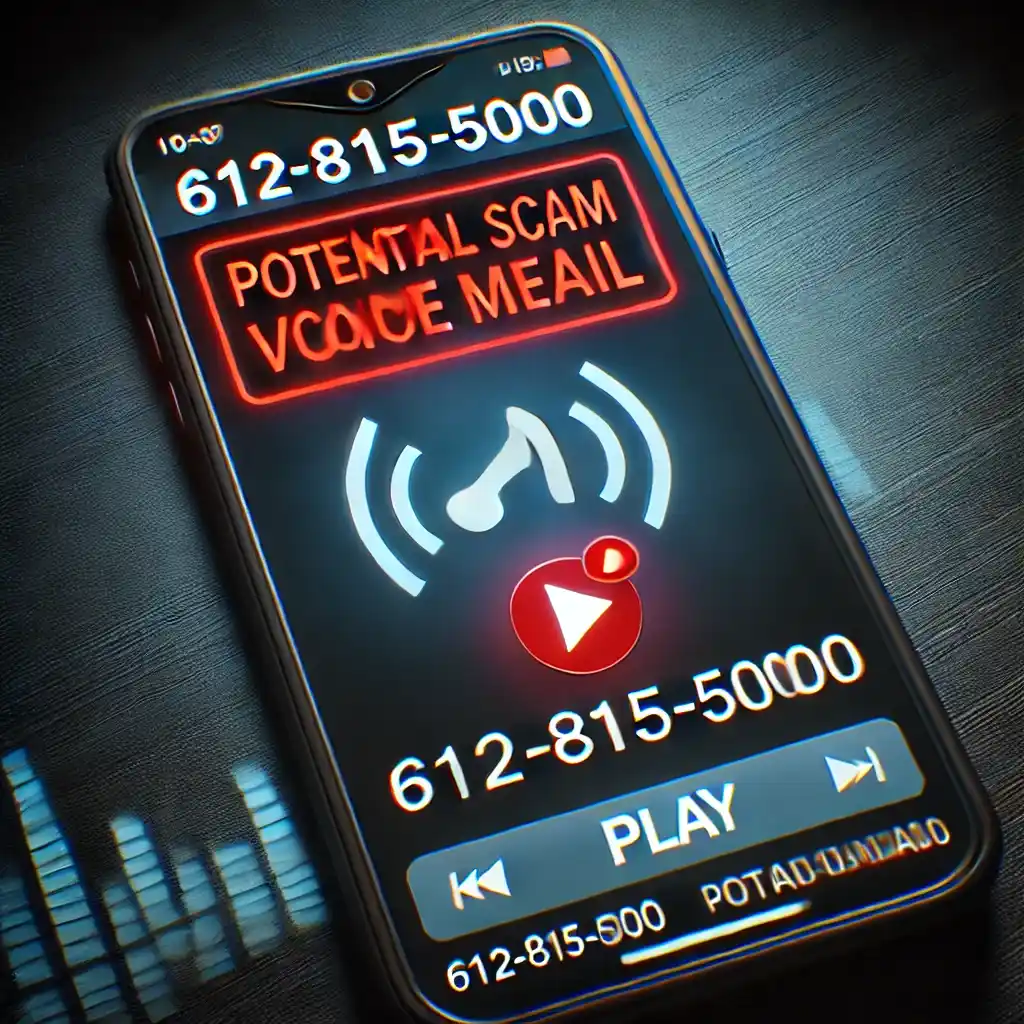
To ensure that systems like 612-815-5000 achieve their intended purpose, businesses must adopt best practices that blend technology, strategy, and consumer education. Read this blog post Understanding the Persistent Calls from +34 683786714.
1. Develop a Robust Verification System
- Caller ID Enhancement: Invest in technology that dynamically displays recognizable identifiers (e.g., “Target Recall Alert”) during outgoing calls.
- Regular Audits: Periodically review call logs and customer feedback to identify patterns of misclassification and address them promptly.
2. Optimize Timing and Frequency
- Data-Driven Scheduling: Analyze historical call data to determine the optimal times for reaching your target audience. For instance, early evening may remain the best time to maximize pick-up rates.
- Frequency Control: Avoid over-calling to minimize customer irritation. Instead, focus on ensuring that each call is as informative and necessary as possible.
3. Integrate Multiple Communication Channels
- SMS and Email Integration: Complement voice calls with text messages and emails to provide a multi-layered approach to safety alerts.
- Mobile App Alerts: Leverage the Target Circle app to send push notifications, ensuring that customers receive timely information even if they miss a call.
4. Educate and Engage Customers
- Pre-Communication: Inform customers about the recall alert system via newsletters, social media, and in-store promotions.
- Accessible Information: Maintain a dedicated section on your website that explains the recall process, including FAQs and detailed guidance on what to do if a recall alert is received.
5. Collaborate with Partners
- Telecom Providers: Work closely with telecommunications companies to refine caller ID systems and reduce erroneous spam tagging.
- Regulatory Bodies: Stay abreast of legal requirements and ensure that all communications adhere to regulatory standards, thereby reinforcing consumer trust.
The Broader Impact on Consumer Safety and Business Operations
The system behind 612-815-5000 not only impacts individual customers but also plays a vital role in broader operational and safety protocols for businesses like Target. Here’s how effective recall alert systems benefit both consumers and companies:
Enhancing Public Safety
- Risk Mitigation: By promptly notifying consumers about defective or hazardous products, recall alerts help prevent accidents and injuries.
- Compliance: Meeting regulatory requirements for safety notifications can protect companies from legal challenges and financial penalties.
Strengthening Brand Reputation
- Consumer Trust: Reliable communication builds trust, encouraging consumers to view the brand as responsible and customer-centric.
- Crisis Management: In the event of a recall, a well-executed alert system can mitigate negative publicity by demonstrating proactive measures to ensure customer safety.
Improving Operational Efficiency
- Reduced Customer Support Load: Clear, informative recall alerts can reduce the volume of inbound inquiries to customer service teams.
- Data-Driven Decision Making: The metrics collected from these systems offer valuable insights that can inform future communication strategies and operational improvements.
Looking Ahead: Innovations and Future Trends
As the retail industry continues to evolve, we can expect further innovations in customer communication and safety recall systems. Here are some trends likely to shape the future:
Voice-Activated Assistants and Smart Devices
The integration of voice-activated technology and smart home devices offers exciting opportunities. Imagine a scenario where your smart speaker or wearable device receives a recall alert, providing real-time instructions without you having to pick up a phone call.
Blockchain for Enhanced Security
Blockchain technology may be employed to ensure that recall alerts are tamper-proof and verifiable. This can add an extra layer of security and transparency, reassuring consumers that the alerts they receive are authentic.
Global Standardization of Safety Alerts
As multinational retail operations become more common, there is a growing need for standardized recall alert protocols that are recognized across borders. Collaborative efforts between companies, regulators, and technology providers will likely pave the way for a more unified approach to consumer safety communications.
Adaptive Communication Systems
Future systems will be more adaptive, using real-time data analytics to modify alert messages on the fly. For example, if data suggests that a particular demographic is less responsive to voice calls, the system could automatically switch to an alternative channel such as SMS or email for that group.
Conclusion
The phone number 612-815-5000 may seem like just another series of digits in today’s interconnected world, but its role in the Target Circle recall alert system highlights a critical facet of modern retail: the need for timely, accurate, and trustworthy communication. Over the last 60 days, with 228 calls made, a 28% pick-up rate, and significant look-up activity, this system has underscored both the strengths and challenges inherent in automated safety notifications.
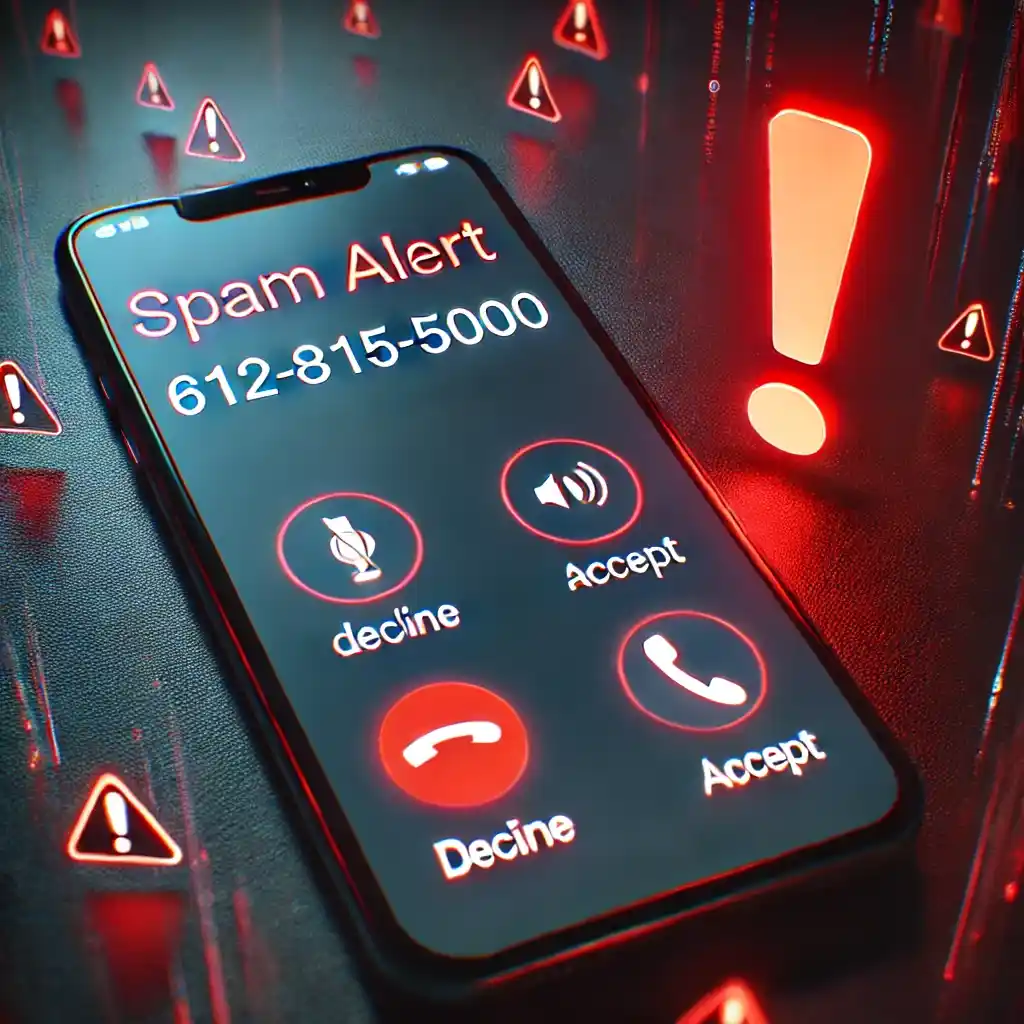

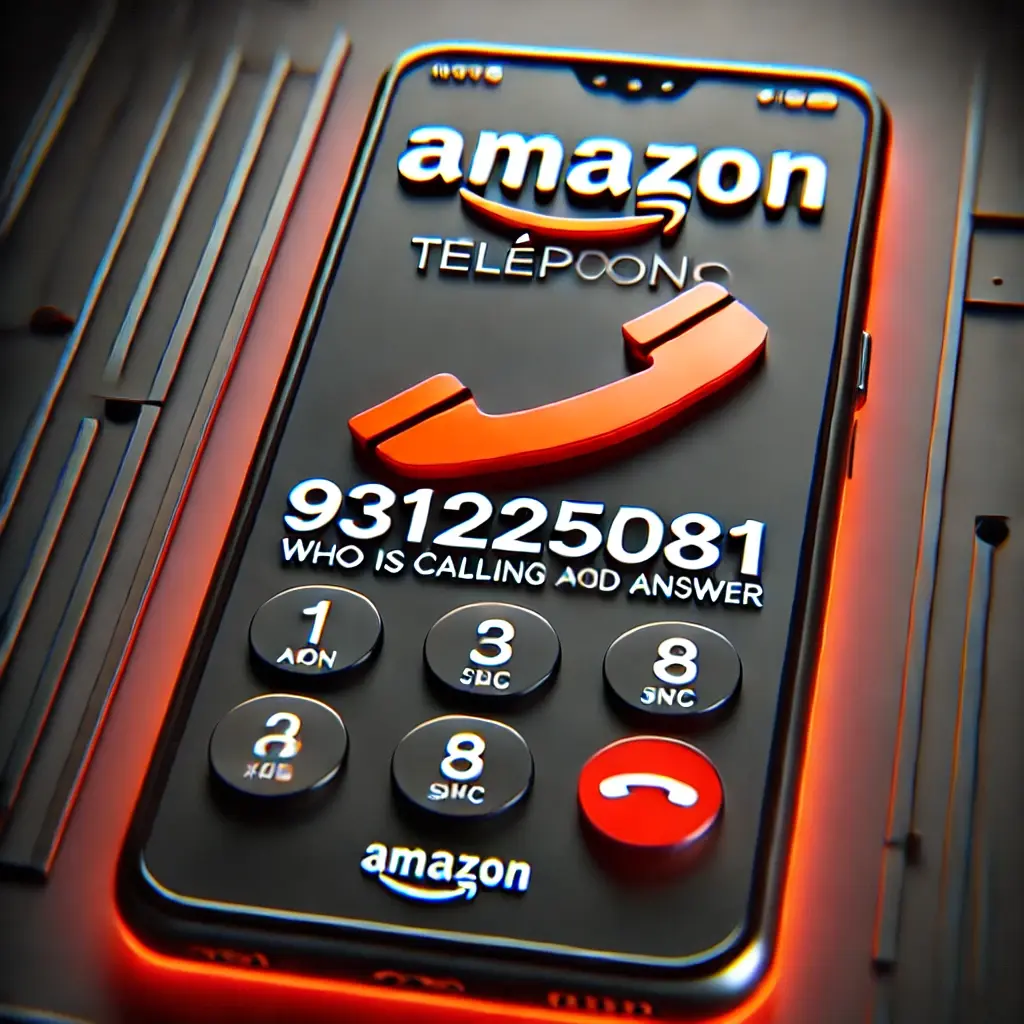
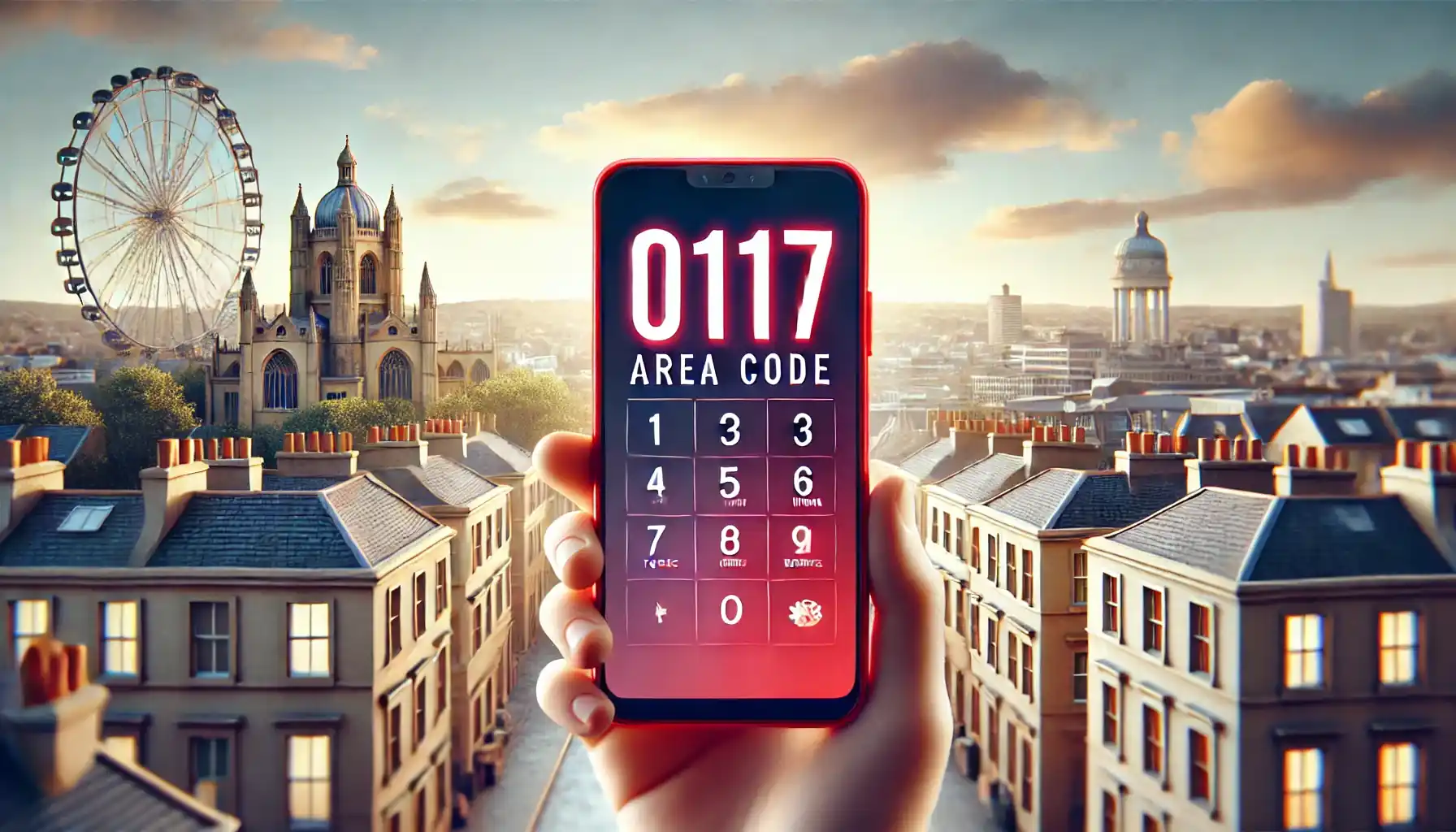
Post Comment